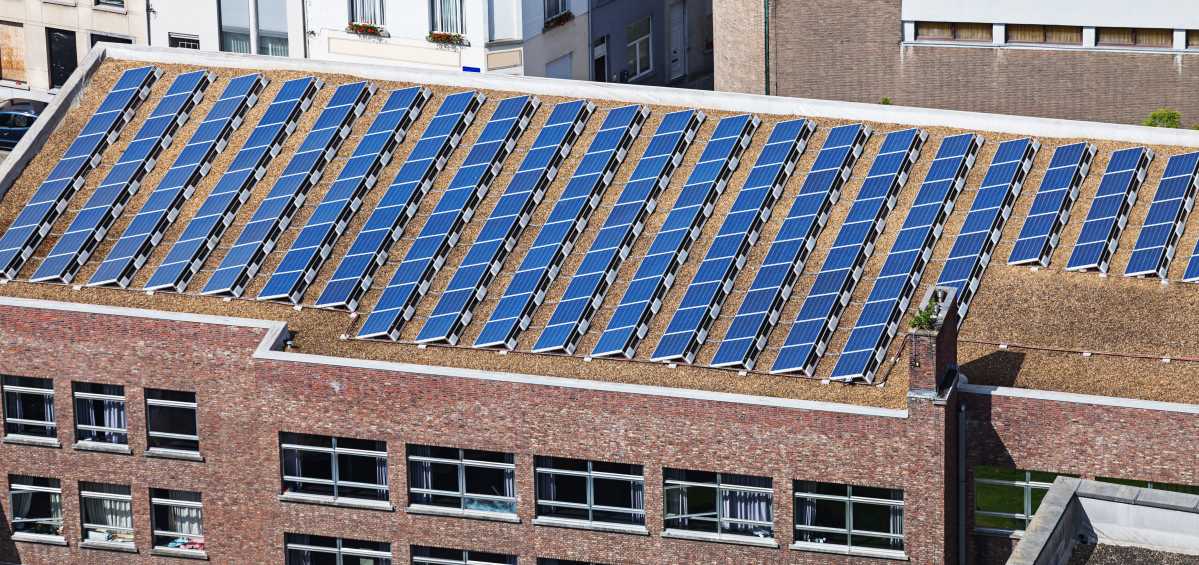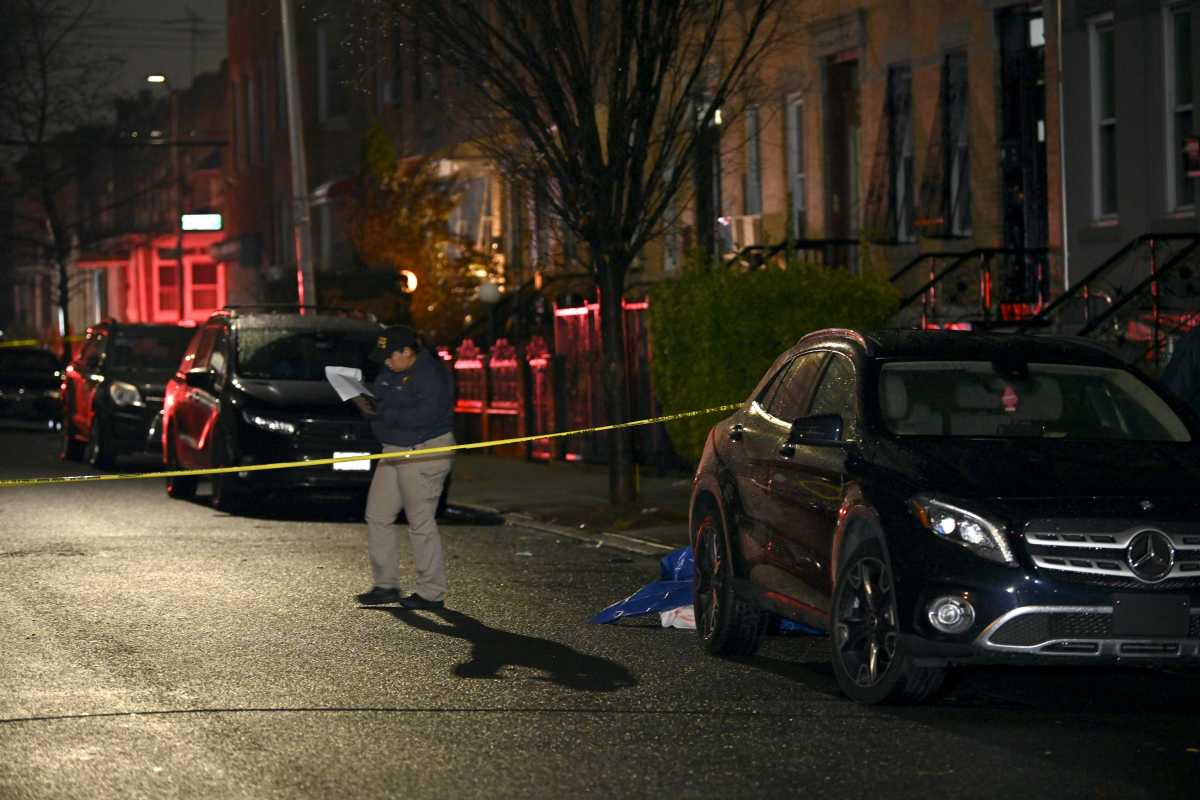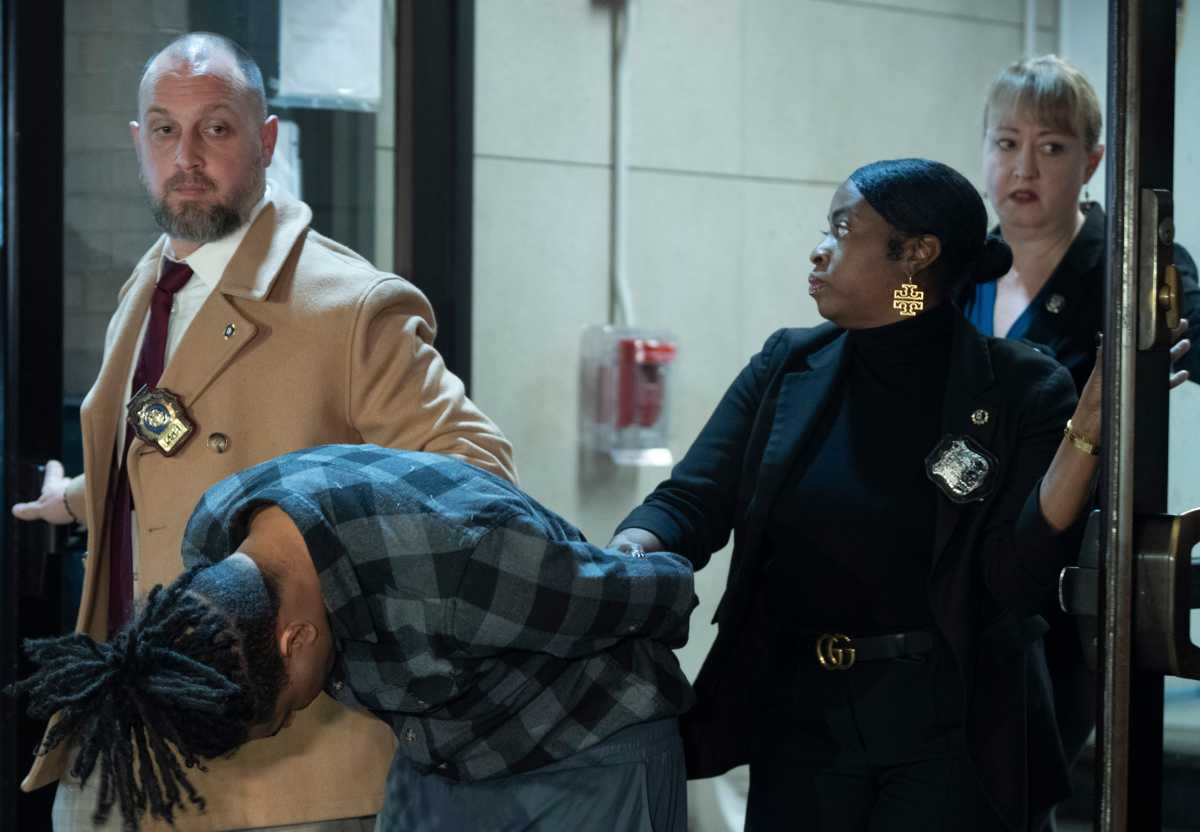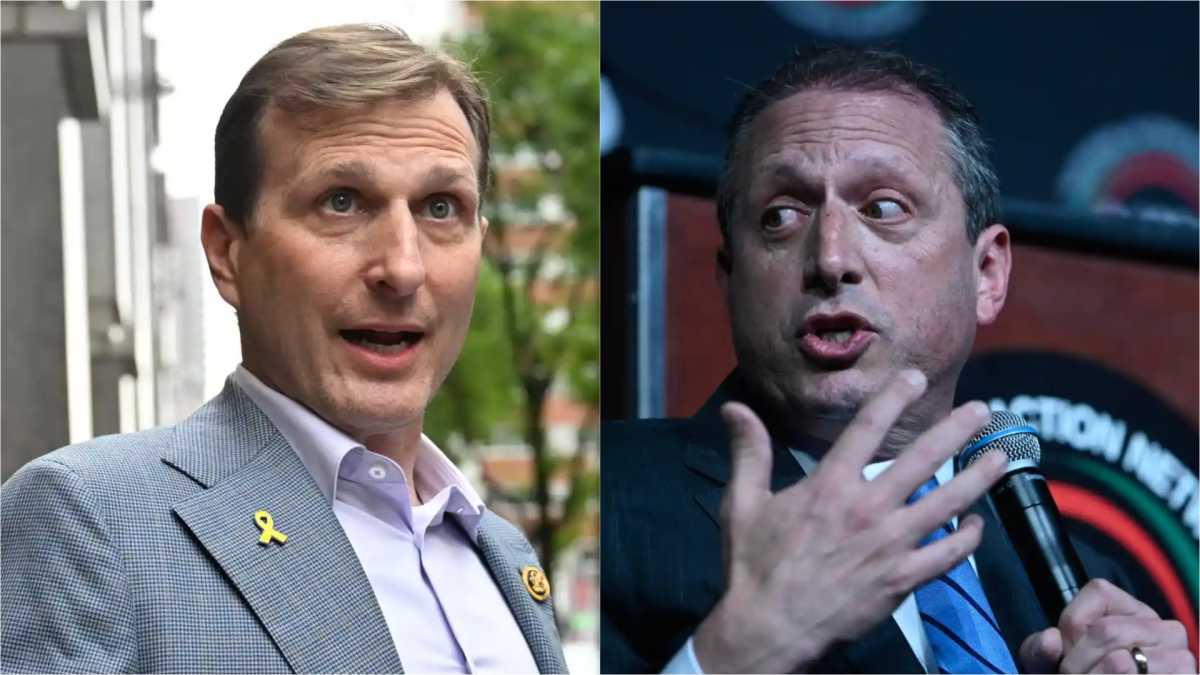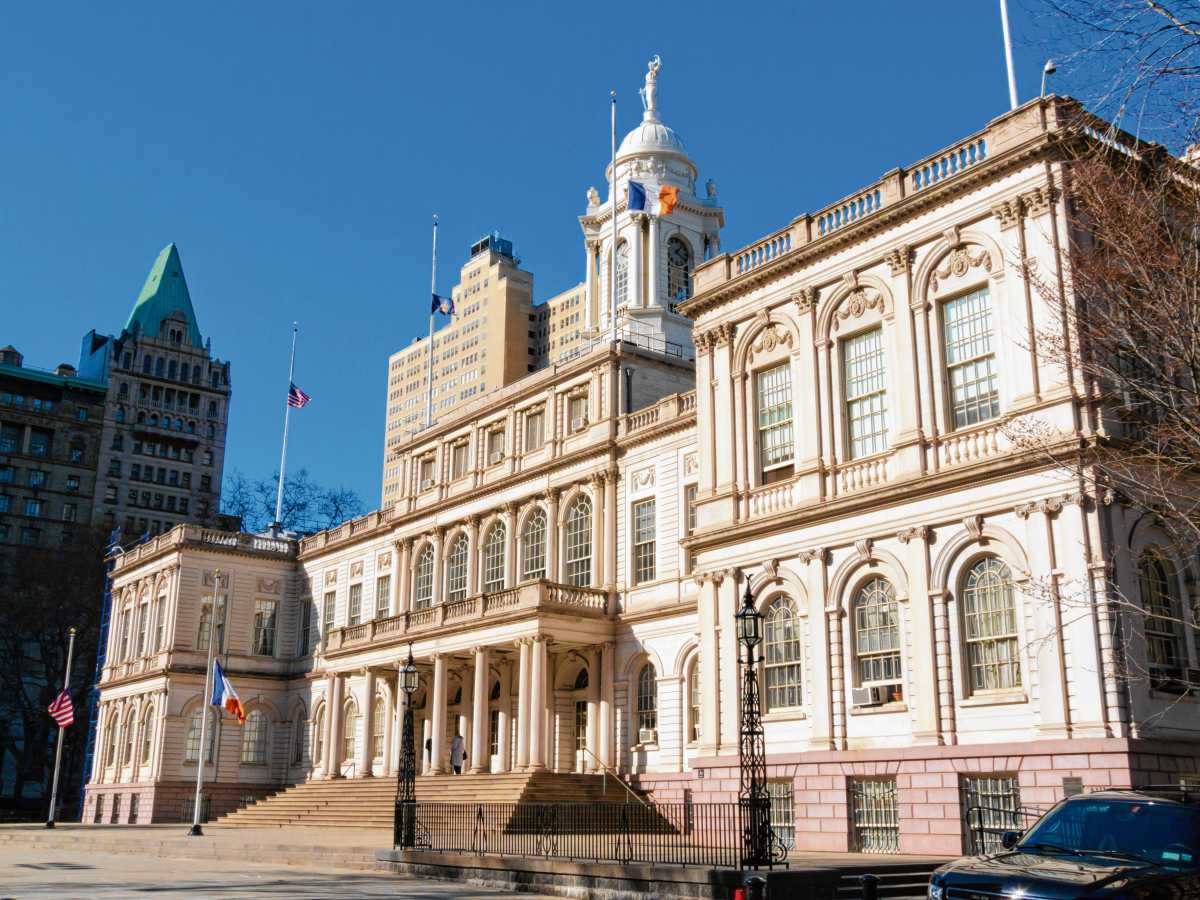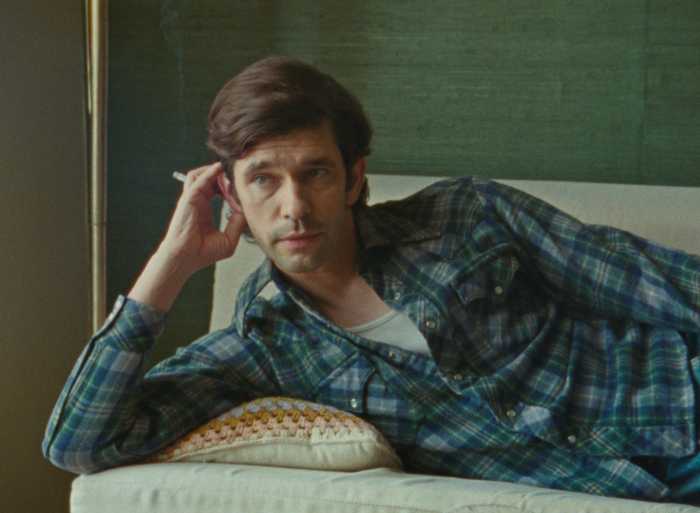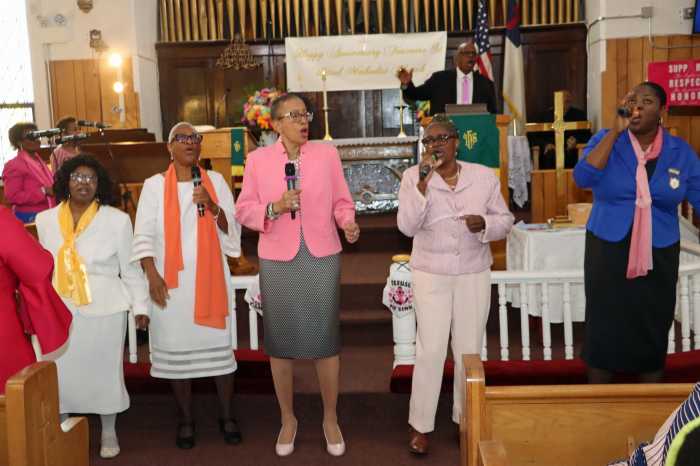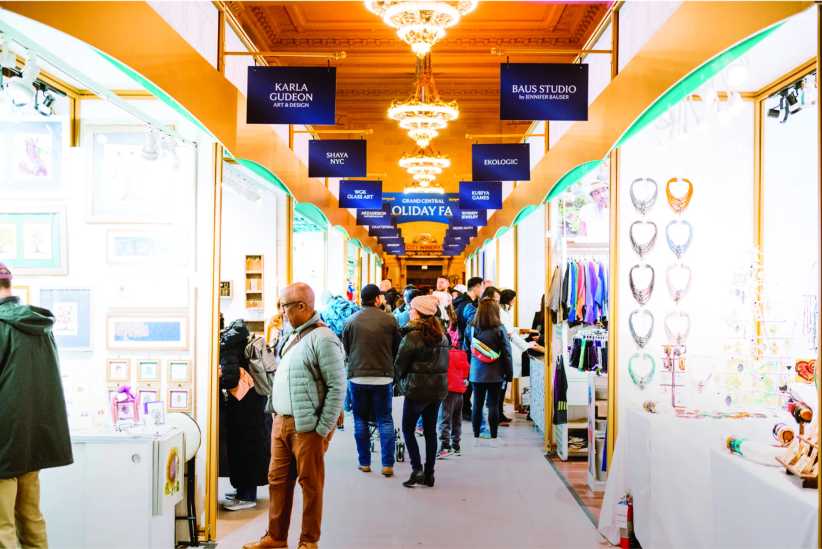Two laws requiring new property owners to build solar panels or green spaces on their roofs went into effect on Nov. 15 — marking a major step towards Brooklyn’s environmental sustainability, according to local green thumbs.
“It’s important and very valuable,” said environmental activist Pete Sikora from the New York Community for Change, a local nonprofit. “It’s a critical step for New York City to meet the Green New Deal goals.”
The legislation — which Councilman Rafael Espinal (D-Bedford Stuyvesant) first introduced to the City Council in July of 2018 — requires developers to install either solar panels, greenery, or a combination of the two on all new roofs.
The mandate exempts very slanted roofs and roofs that already contain structures, such as water towers, green houses and other equipment, according to a representative from the Mayor’s Office of Sustainability. Low-rise residential buildings with less than 100 square feet of available space and other types of buildings with less than 200 square feet will also be exempt, and the sustainable measures won’t take the place of recreational spaces that are integral to the building’s use, such as playgrounds on school roofs or terraces on apartment buildings.
The laws also apply to property owners seeking to renovate their roofs, including the owners of historic buildings — who will have to take their green roof plans to the Landmarks Preservation Commission before obtaining a construction permit from the Department of Buildings.
Environmental officials say that property owners will be in charge of funding and maintaining solar panels — which is no cheap task. The average solar panel array costs about $30,000, but since the panels power the building, the electricity generator eventually pays for itself, according to the executive of a solar panel company.
“Any time you’re not buying power from Con Ed, you’re saving money,” said TR Ludwig, the CEO of Brooklyn Solarworks, who said that it usually takes homeowners four to eight years to pay off the price of the panels before they have free energy.
Building owners will also receive significant tax incentives for the solar panels, getting back 20% of the equipment costs in the form of a property tax abatement, and receiving a $5,000 tax credit, among other pluses, Ludwig said.
Greenery, which helps reduce flooding and provides better building insulation, is significantly cheaper, costing between $10 and $40 to install per square foot, the New York Times reported. The gardens require some maintenance, like periodic weeding, although they don’t need to be watered frequently.
According to Sikora, the legislation is a necessary step in shrinking the city’s carbon footprint and meeting the goals of the Green New Deal, which calls for 100-percent emissions-free electricity by 2040. Still, he argues, putting green roofs on new buildings is not enough.
“Roughly 90-percent of square footage that’s going to be up in 2050 is already built,” he said. “New York City should require green roofs on existing buildings.”


